Have you ever considered Halloween from your pet’s perspective? While some pets seem delighted with Halloween hijinks, decorations, and the constant stream of visitors, others see these distractions as an opportunity for mischief, and others may panic and attempt to hide or escape.
Before you finalize your Halloween plans, consider your pet’s comfort and safety. The Palisades Veterinary Hospital team has composed this brief checklist to help you get started.
#1: Keep your pet’s paws off the candy
Candy is ubiquitous in October—overflowing candy dishes are everywhere, every trash can is full of tiny wrappers, and every pocket is loaded with miniature treats. Unfortunately, these small delights are a huge health disaster for pets. Although a pet-safe candy does not exist, we encourage pet owners to keep these ingredients out of the home—or at least out of reach.
- Chocolate — Chocolate contains methylxanthines, which are stimulant-like ingredients that affect the heart and nervous system. Although dark and bitter chocolate are the most toxic, milk chocolate consumed in significant quantities can also trigger cardiovascular and gastrointestinal effects.
- Xylitol — This natural sweetener, which is commonly found in sugar-free candy, gum, mints, and baked goods, causes a rapid drop in blood sugar and can lead to acute liver failure and death when ingested by pets.
- Raisins — Raisin toxicity in dogs is poorly understood, but ingestion is linked to acute kidney failure. Raisins are a popular candy alternative on Halloween and may also be found in chocolate-covered candy, trail mix, and baked goods.
- Macadamia nuts — Although less common in Halloween trick-or-treat bags, macadamia nuts are popular in holiday desserts. These high-fat nuts can cause pancreatitis, gastrointestinal illness, and neurological signs (e.g., muscle tremors, incoordination, hind end weakness) in dogs.
If you know or suspect your pet has consumed a toxin, don’t wait for them to show signs—immediately contact Palisades Veterinary Hospital or the nearest emergency veterinary facility for after-hours care.
#2: Proper identification—this season’s must-have pet costume
With all the Halloween hijinks, frightened or overstimulated pets can vanish like ghosts. In addition to confinement strategies (e.g., leash, crate, barriers such as pet gates or pens), ensure your pet wears a collar or harness with their current identification information. For the ultimate peace of mind, have your pet microchipped at Palisades Veterinary Hospital. If your pet is already microchipped, confirm their chip registration with current details with the manufacturer’s database, to ensure you’ll be contacted if your lost pet is found.
#3: Set up a fright-free zone for scaredy-cats and ’fraidy-dogs

If your pet is anxiety- or nervousness-prone, ensure they have a safe, quiet place to stay during the festivities. Select a low-traffic area in your home where your pet won’t see or hear the hubbub, and distract them with white noise, a long-lasting chew, puzzle toy, or a food-stuffed Kong.
Additional anxiety-reducing strategies include:
- Exercise — Exercising your pet in the early afternoon helps ensure they’re ready to rest when the activity begins.
- Diffusers — Using a pheromone diffuser or collar can promote calmness and relaxation.
- Medication — Ask your veterinarian about anti-anxiety medication and supplements.
- Boarding — Schedule for your pet a private stay at The Resort, our full-service dog and cat boarding service.
#4: Exercise your pet before the festivities begin
Tired pets are happy pets, so plan on exercising or playing with your dog or cat in the early afternoon before the ghosts and goblins take to the streets. If your dog will be unnerved by neighborhood decorations—who wouldn’t be intimidated by a 10-foot-tall black cat?—consider taking them to the local park. Physical activity will also help relieve your pet’s stress or tension as they observe your pre-Halloween preparations.
#5: Double-check your pet’s costume
Many pets find clothing restrictive and may panic or experience significant stress. Panicked pets are more likely to become entangled or trapped in their costume, and potentially injured.
Before debuting your pet’s costume, play dress-up at home. Ensure your pet’s costume fits properly. Identify any potential hazards—for example, baggy or draped costumes can cause pets to trip, while tight costumes may restrict normal breathing. Remove any small adornments, such as buttons, that your pet may chew or swallow, and ensure hats, hoods, and eyewear won’t obstruct their vision.
#6: Pets on parade—keep trick-or-treating safe for pets
If your dog will join the trick-or-treating, ensure they stay visible with a light-up collar or reflective tape. Keep them leashed at all times and watch for stress signs. While some dogs may seem well-behaved, because they don’t cower, growl, or snap, they may be internalizing their stress and discomfort. Subtle stress signs include:
- Panting
- Wide or darting eyes
- Frequent yawning or scratching
- Hyperactivity
- Ignoring commands
If your dog displays any of these signs, return home, and allow them to rest. Never force your dog to interact with something—or someone—while stressed, because they may bite.
#7: Make the s-witch to pet-friendly Halloween decor
Many traditional Halloween decorations pose perilous problems for pets. Keep the following items out of reach or consider swapping them for pet-safe alternatives.
- Candles — Can lead to burns or fires
- Glass dishes and ornaments — Can break and cut your pet
- Small figurines — Can cause a gastrointestinal (GI) obstruction, if ingested
- Small gourds — Can also cause a GI obstruction
- String lights — Can lead to electric shock
- Essential oils and liquid potpourri — Many are toxic to pets, so check with your veterinarian before using these products around dogs and cats.
Help your pet have a safe and enjoyable Halloween experience by considering this weird and wild holiday from their perspective. If you have additional questions about managing pet anxiety or to make a reservation at The Resort, contact Palisades Veterinary Hospital.

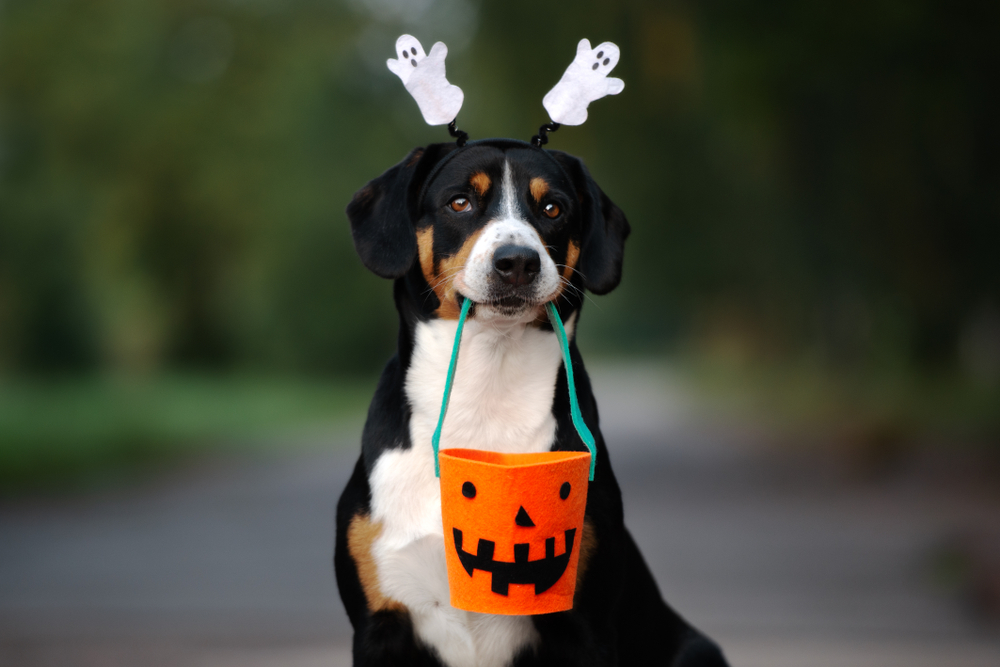
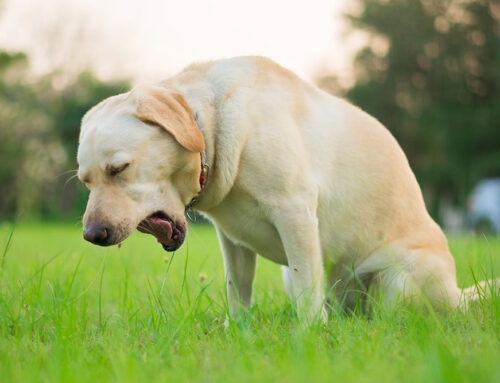
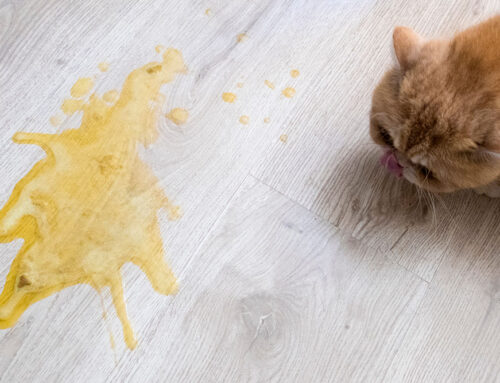
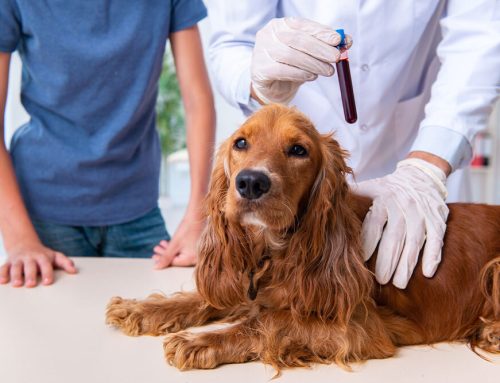
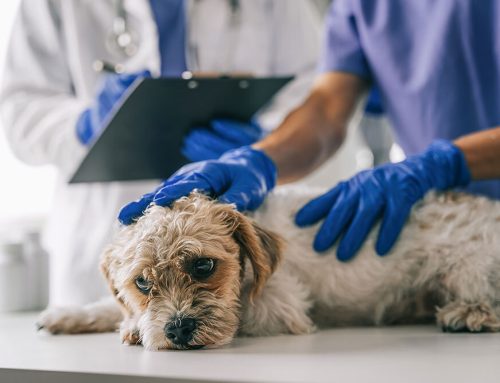


Leave A Comment